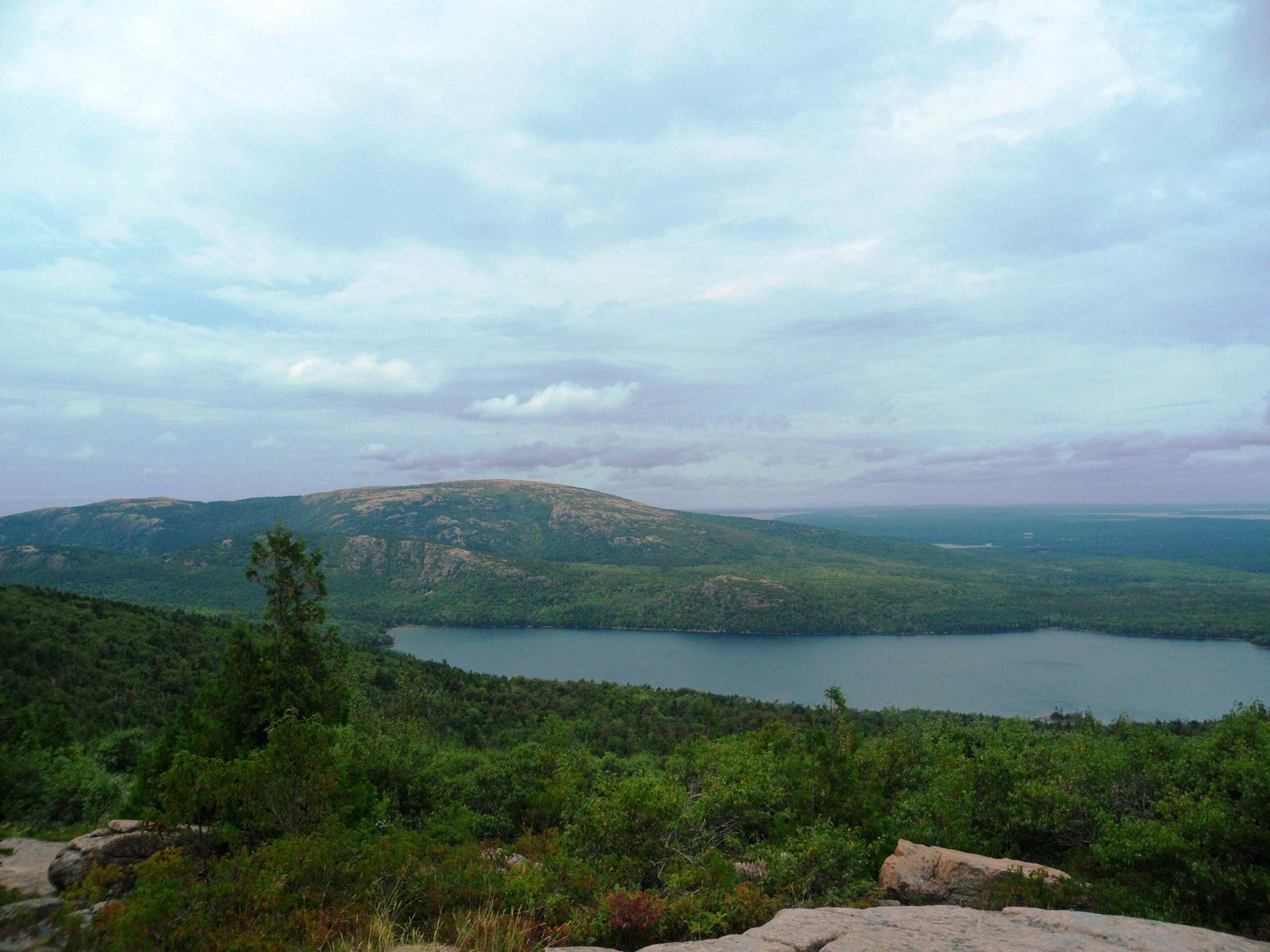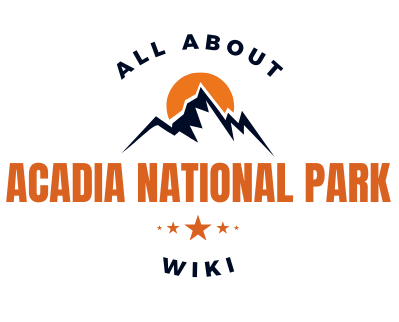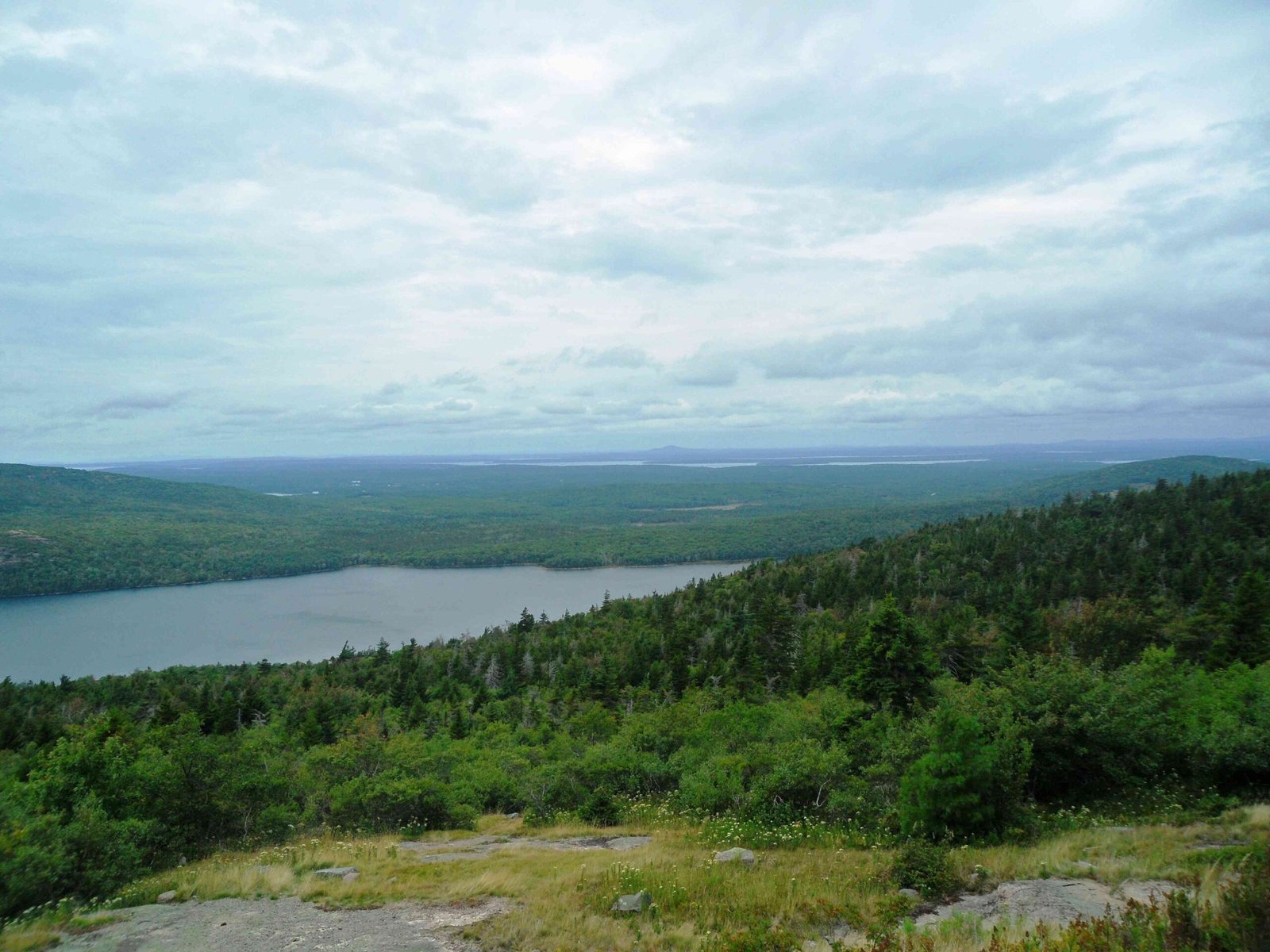Crab trapping in Acadia National Park is a popular activity governed by both state and federal regulations. Visitors must adhere to Maine’s fishing laws while also following park-specific rules. This guide covers essential information about crab trapping in Acadia, including permitted trap types, locations, seasons, and necessary permits. Understanding these regulations ensures a compliant and enjoyable crabbing experience in one of America’s most beautiful national parks.
What Are the Specific Crab Trap Regulations in Acadia National Park?

Crab trapping in Acadia National Park follows Maine state regulations with additional federal oversight. Key points include:
- Trap Types: Must be “approved crab traps” as defined by Maine law
- Size Limits: Green crab traps require a top opening with a minimum 3.66-inch diameter
- Permits: Valid Maine fishing license required; special use permit needed for transporting traps across park lands
- Labeling: Traps must comply with state labeling requirements, including trap tags
It’s crucial to stay updated on both state and park regulations, as they may change seasonally or annually.
Where Are the Best Locations for Crab Trapping in Acadia?

While Acadia National Park doesn’t specify designated crabbing areas, certain locations are more suitable due to their marine habitats:
- Bass Harbor
- Otter Cove
- Rocky coastal areas
- Sheltered bays and estuaries
Access to these spots is available through various park trails and coastal access points. However, always check for any temporary closures or restrictions before setting out.
What Types of Crab Traps Are Allowed in Acadia National Park?
Acadia National Park allows crab traps that comply with Maine state regulations. Here’s a quick overview:
| Trap Feature | Requirement |
|---|---|
| Entry Type | Top-entry |
| Top Opening | Minimum 3.66-inch diameter |
| Materials | Must meet state standards |
| Labeling | Proper trap tags required |
Always ensure your traps meet these specifications to avoid potential fines or confiscation.
When Is the Best Time for Crab Fishing in Acadia National Park?
Crab fishing seasons in Acadia National Park align with Maine state regulations. While there are no park-specific seasonal restrictions, consider the following:
- Year-round activity: Crabbing is generally permitted throughout the year
- Peak times: Vary by species and environmental conditions
- Weather considerations: Check local forecasts for optimal and safe crabbing conditions
- Park closures: Be aware of any temporary closures or restrictions imposed by park authorities
How Do I Obtain the Necessary Permits for Crab Trapping in Acadia?
To legally engage in crab trapping within Acadia National Park, you’ll need:
- Valid Maine fishing license
- Available online or from authorized vendors
- Different types based on residency and duration
- Special use permit (if applicable)
- Required for transporting traps across park lands
- Free of charge
- Must be signed by park superintendent or designee
Ensure all permits are current and readily available during your crabbing activities.
What Are the Environmental Considerations for Crab Trapping in Acadia?
Responsible crab trapping in Acadia National Park involves:
- Adhering to catch limits
- Properly disposing of any fishing waste
- Avoiding disturbance to marine habitats
- Reporting any observed environmental issues to park rangers
By following these guidelines, you help preserve Acadia’s delicate ecosystem for future generations.
How Should I Prepare for a Crab Trapping Trip to Acadia National Park?
A successful crab trapping experience in Acadia requires proper preparation:
- Research current regulations
- Obtain necessary permits and licenses
- Pack appropriate gear and safety equipment
- Familiarize yourself with park maps and access points
- Check weather forecasts and tide tables
- Inform someone of your plans and expected return time
What Safety Precautions Should I Take When Crab Trapping in Acadia?
Safety should be your top priority when crab trapping in Acadia:
- Wear appropriate footwear for slippery rocks
- Bring a first aid kit
- Stay aware of tide changes
- Use sunscreen and stay hydrated
- Carry a means of communication
- Be cautious of wildlife encounters
Are There Any Local Events or Community Guidelines Related to Crab Trapping in Acadia?
While there are no specific events or community guidelines mentioned for crab trapping in Acadia National Park, it’s always beneficial to:
- Check with local bait and tackle shops for insider tips
- Inquire at the park visitor center about any current advisories
- Respect other park visitors and wildlife during your activities
- Consider participating in any local conservation efforts
By engaging with the local community, you can enhance your crabbing experience and contribute to the park’s preservation efforts.
Remember, crab trapping in Acadia National Park offers a unique opportunity to connect with nature while enjoying a traditional coastal activity. By following regulations, respecting the environment, and prioritizing safety, you can make the most of your crabbing adventure in this stunning national park.
References:
1. Maine Department of Marine Resources – Lobster and Crab Regulations
2. Maine Legislature – Lobster and Crab Fishing Licenses
3. Acadia National Park – Fishing Regulations

